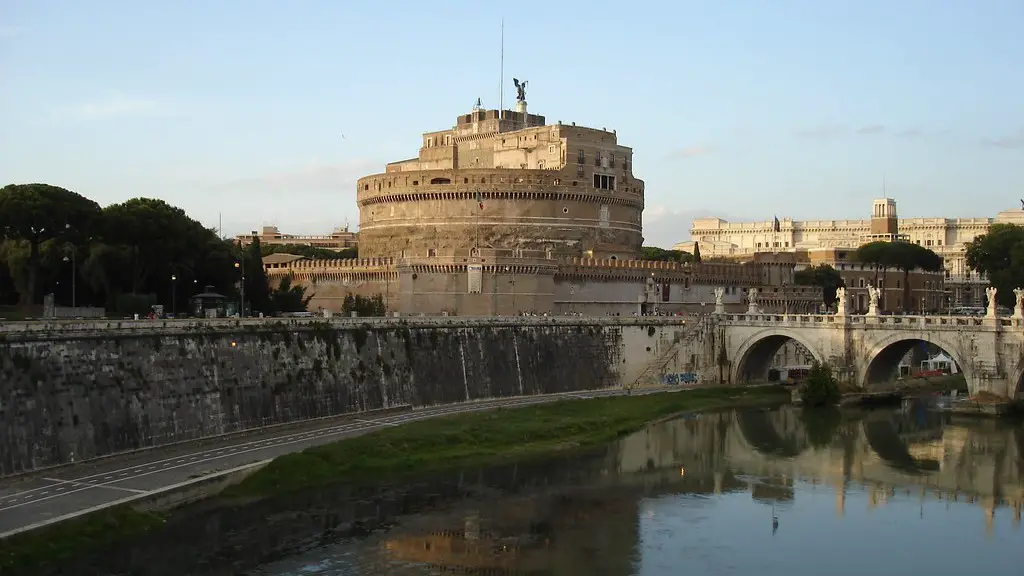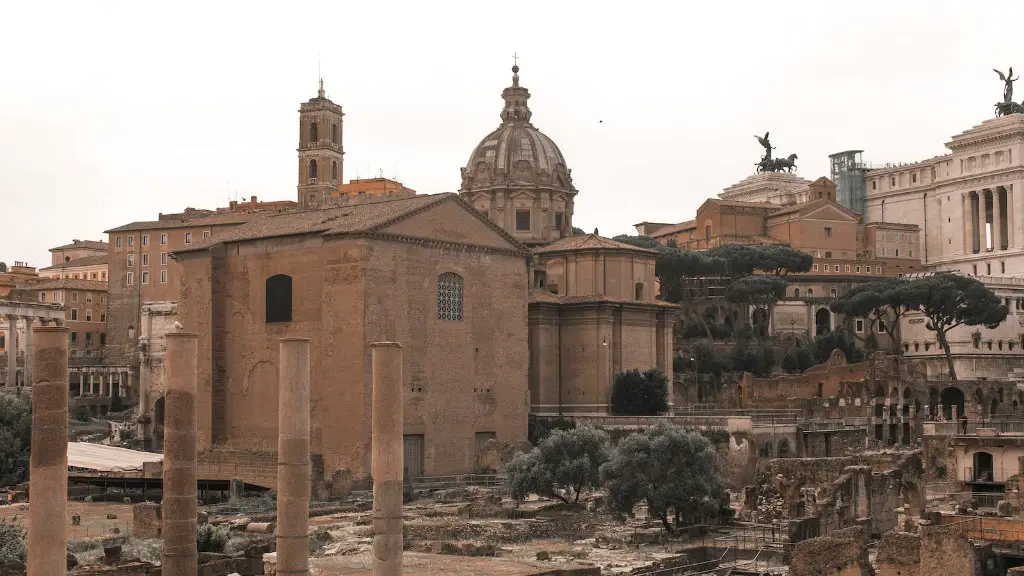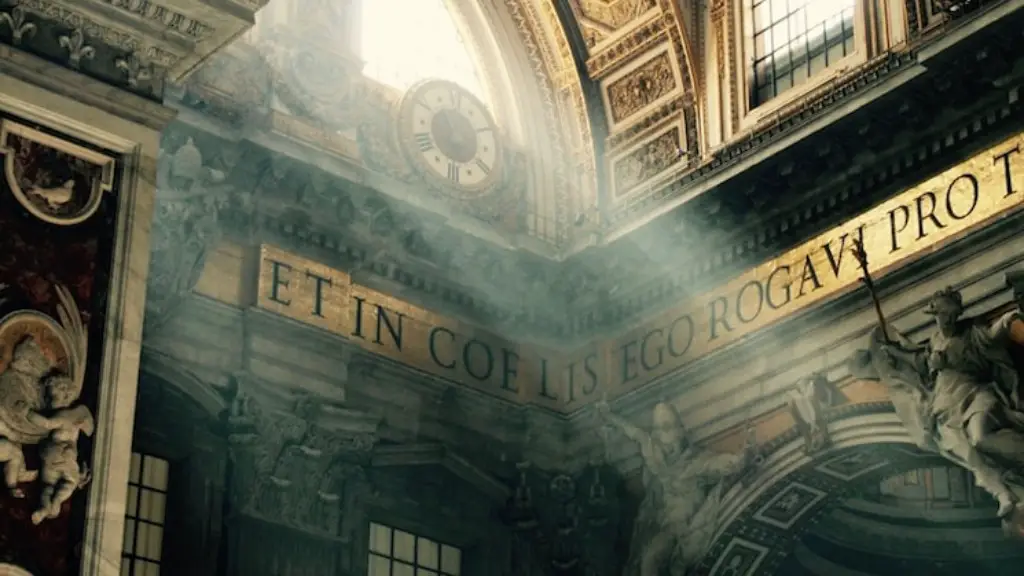Many of us are undoubtedly familiar with the civilization of ancient Rome, but what was the environment like during that era? Well, according to experts in classics, Roman civilization reached its greatest heights between the 3rd century BC and the 1st century AD. During this time, the environment in Rome was quite varied.
Rome was a center for technological, cultural and religious advances that had a major impact on how people interacted with the environment. Ancient Roman architecture was well-designed and executed, featuring a wide range of designs and materials. For example, many of the bridges and aqueducts built in those times remain in use today. The stone amphitheaters and the Colosseum are examples of the engineering feats of their time.
From the agrarian perspective, Rome was endowed with a moderate climate and abundant soil. The early settlers cultivated fruits, nuts, and grains; they also bred animals and valued the concept of land ownership. Roman agricultural techniques and irrigation systems were so impressive that they are still in use today.
This remarkable achievement could not have been possible without the advanced scientific knowledge of the Romans. They were among the first to utilize the sciences, such as mathematics and geometry, for the advancement of technology. They were also knowledgeable about the natural sciences and opted for a holistic approach to understanding their environment, from the heavens to the Earth.
At the same time, the Romans had a complicated relationship with their surroundings. They heavily relied on slave labor and exploited their natural resources, leading to deforestation, habitat destruction, and soil degradation. Furthermore, the veneration of animal species for mortuaries or games significantly reduced their populations.
That being said, the Romans also engaged in some sustainable practices. They sought to conserve water and land, to maintain soil fertility and to manage crop rotation and irrigation too. These practices demonstrate that their relationship with the environment was multifaceted and the people of Rome sought to preserve it.
Moreover, they believed in the gods of place, who were the figments of their respective environment. The way people interacted with their surroundings therefore was intertwined with religion. For instance, Rome was once the center of the mystery cults that were deeply embedded in nature, connecting them to the the underworld, Earth and cosmos.
The Impact of the Environment on Roman Religion
The environment had a great influence on the Roman religion. Rome was surrounded by fields and pastures which were symbols of fertility, health and security. Thus, gods like Janus and Terminus were worshipped and referred as the wardens of thresholds. The importance of nature and the spiritual aspects of nature were both exemplified in the religion of Rome. Each geographical locality identified and respected the gods associated with it and stood as a testament of the cultural significance it held.
Deities such as the She-Wolf, Roma, the Capitoline Triad, and Apollo were believed to be associated with the city and living itself. These gods offered protection, fertility, health and guidance. So much so that in some cases, the gods of Rome were portrayed as manifestations of the environment and its elements.
Societal Impact of the Environment in Ancient Rome
The impact of the environment was not limited to religious aspects. Ancient Rome was a heavily populated city and its citizens came from a variety of social and economic backgrounds. The environment had a major impact on the lifestyle of the citizens.
The rural areas around Rome cultivated fruits, vegetables, and grains. Livestock was also raised thus allowing the citizens of Rome to benefit from a diverse range of sustenance. This abundance was also emblematic of Rome’s wealth and its capacity to respond to the needs of its citizens.
Rome was also the home to several public baths, the atrium and villa complexes. As a result, the citizens were able to have a more comfortable and luxurious lifestyle. It encouraged social activities, gatherings, entertainment and recreation.
However, there were also areas of Rome that had poor environmental conditions, such as overcrowding and lack of fresh water. Poor sanitation was likely a major problem in some regions of the city and was likely to cause diseases.
The Global Impact of the Environment in Ancient Rome
The environment in Rome was not limited to its own borders. In fact, it was a major influencer of environments around the world. Rome was a cosmopolitan city, open to foreign visitors, immigrants, and traders. This had an important role in facilitating the global exchange of culture and technology, as people had access to various resources from other countries.
These advancements often made their way back to Rome, enriching it in the process. For example, botanical knowledge from North African and Asian regions influenced Roman garden design. Consequently, advances in medical science, such as Herbalism, reached Rome from these areas.
In general, the environment in ancient Rome was heavily diverse and complex. Rome’s citizens were aware of their environment and used its resources to live long and prosperous lives. However, the environment was not only seen as a source of sustenance, but also as an important spiritual aspect of Roman culture.
Military impact of the Environment in Ancient Rome
The environment in Rome was also helpful in military campaigns. Rome’s soldiery was based on citizen volunteers and a large number of professional troops recruited from abroad. Successful soldiers could expect to earn higher salaries and social distinction. During the expansion of Roman rule, leaders used the powerful army at their disposal to conquer lands and expand the empire.
The environment played an important role in the military tactics of the Romans, who used their knowledge of the terrain to their advantage. Forests and mountain passes were used to discourage and confuse the enemy, while flat land made it easier to deploy and maneuver troops. Rome’s soldiers also took advantage of regional recipes and food preparations to help selection of troops for the campaigns.
Rome’s military forces were further bolstered by its naval units and its deployment of fleets around the Mediterranean. Roman naval ships were equipped with a strong ramming and boarding ability, making them a powerful asset in both open seas and shallow waters. This ability allowed Rome to become one of the most powerful empires in history.
Environmental catastrophes in Ancient Rome
The environment in Rome was not without its own share of catastrophes. Natural disasters such as earthquakes and volcanic eruptions have been recorded, causing vast destruction and death. Thanks to the history of the Roman Republic, we have access to reports of the aftermath and destruction brought about by these events.
Sudden floods and famines were also recorded in the Roman Empire. Such events had a profound impact on the citizens of Rome, leading to famine and poverty. This, in turn, caused the collapse of businesses and a reduction of trade, causing further suffering in Rome.
In addition, Rome was subjected to human destruction in its many wars against other civilizations. In addition to the destruction of cities, lands, and property, these wars brought about massive destruction of the environment. Rome would be left depleted of resources, leading to a decreased level of productivity and an even greater burden on its citizens.
The Legacy of the Environment in Ancient Rome
Despite the destruction and suffering that Rome experienced, the Romans and their environment left an enduring legacy. The advancements in the sciences, engineering and the arts, as well as in agriculture, irrigation, and languages, left Rome as a remarkable example of a powerful and successful civilization.
The environment in Rome also left a lasting impression on its citizens and other civilizations since then. Rome was a cradle for diverse civilizations and cultures. Even in its destruction, Rome was the birthplace of several modern ideals such as liberty, justice, and democracy.
In conclusion, the environment in Rome was not just a physical landscape; it was an important aspect of the legacy and culture of the Romans. The advances in understanding their environment were the foundation of that thriving culture and it is no surprise that even until today, the legacy of Rome is still being looked upon.
Nature in Ancient Rome’s Literature
The people of Rome also used the elements of nature in their literature. Nature was a source of inspiration and often metaphorically described the character of the people. Landscapes and trees, mountains and rivers were all used to illustrate the dramatic events and actions of their civilization.
Nature also figured prominently in the narratives that came out of the Roman culture. Its influences were seen in the poetry of Virgil, Catullus and Ovid. Additionally, stories like Aeneid and the Metamorphoses were full of gods and natural elements that symbolized the struggle between the characters and their destiny.
Nature was so integral to stories that it served as its own character, affecting the plot and the emotions of the characters. Gods, magic, and fate were linked to the natural environment, cementing the relationship between people and the world around them.
Environmentalisation & Modernization of Rome
Rome saw many changes in its environment as modernization began sweeping across Europe. Many of these changes were more effective than others, but as a whole, they did allow for an increase in industrial production and economic growth in Rome.
The first major modernization projects included the building of railways, the improvement of waterways, the paving of roads and the construction of highways. Along with this, the city was also able to improve sanitation and health standards.
Furthermore, the population of Rome dramatically increased due to the influx of immigrants and refugees. This meant that new housing and public services were needed. It also made it necessary for easier travel opportunities in and around the city.
The processes of modernization and environmentalization lead to the rise of the modern era in Rome. The advancements made in technology, transportation and infrastructure helped Rome become one of the most powerful cities in the world.
Conclusion
To summarize, the environment in Rome played an important role in Roman society. From technological and scientific advancements to cultural and religious practices, Rome was able to transform and thrive. Nature served as an integral aspect of Roman lives, from providing sustenance to serving as a source of inspiration in their literature.
Finally, the Romans’ relationship with their environment became more complex as modernization took hold. The influx of immigrants and refugees, the changes in transportation, and the heavy reliance on industrialization caused massive alterations to the environment. This transformation made Rome a powerful metropolis in the modern world.





